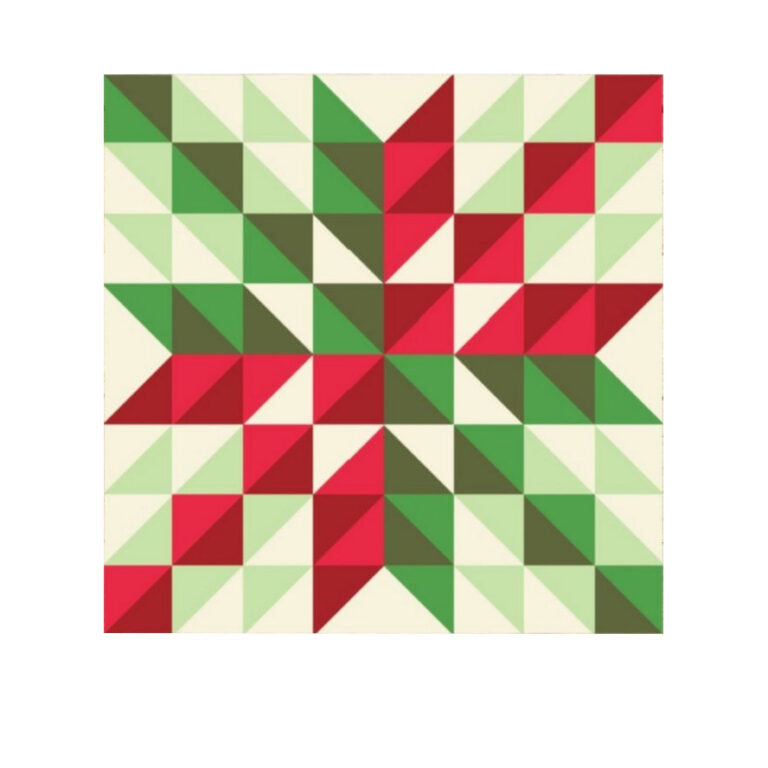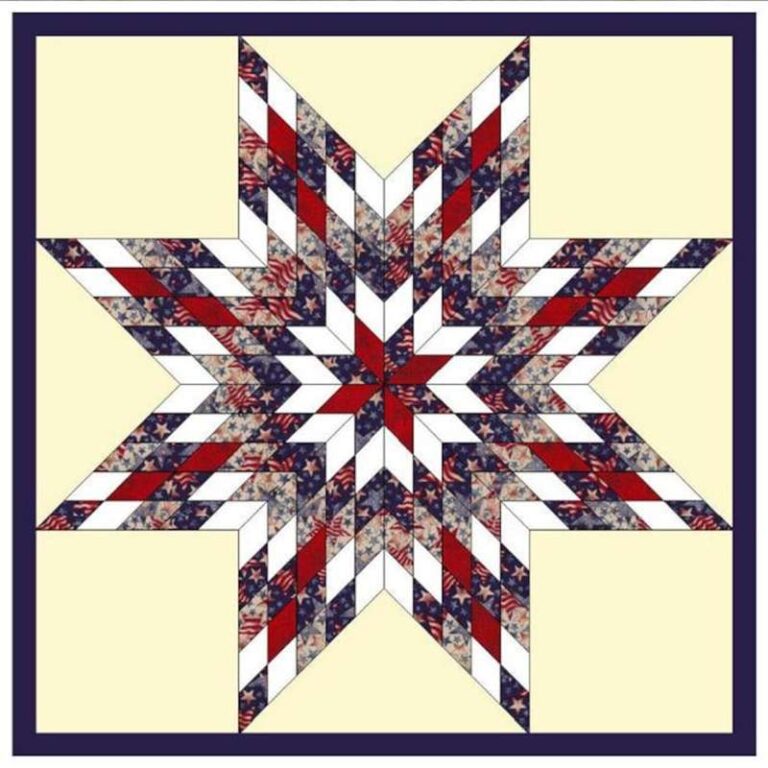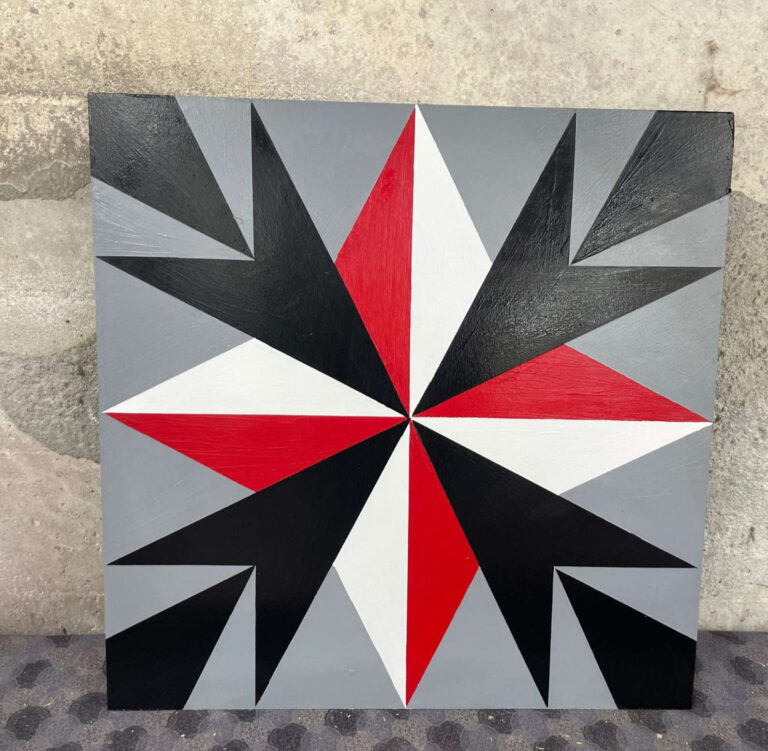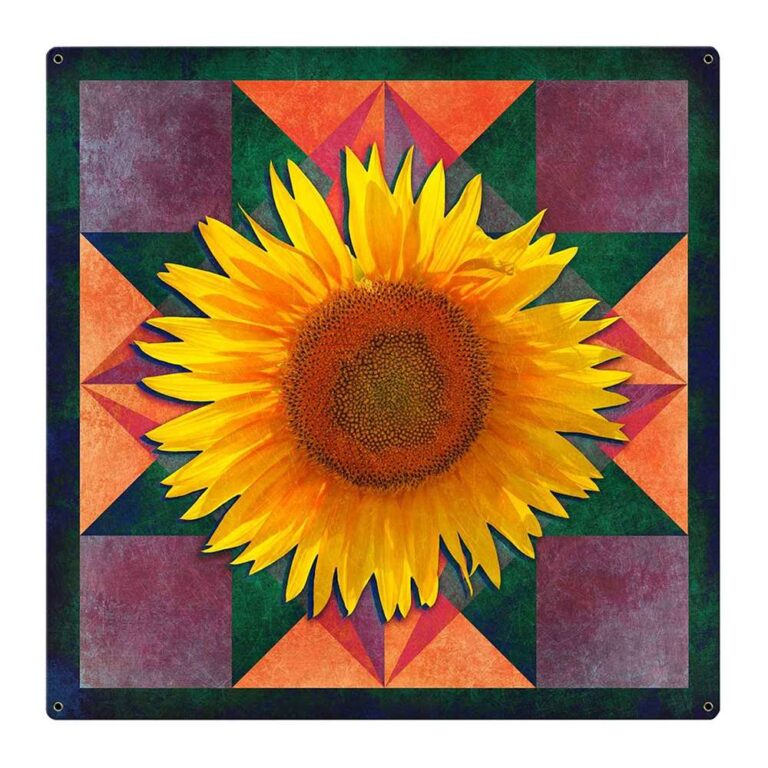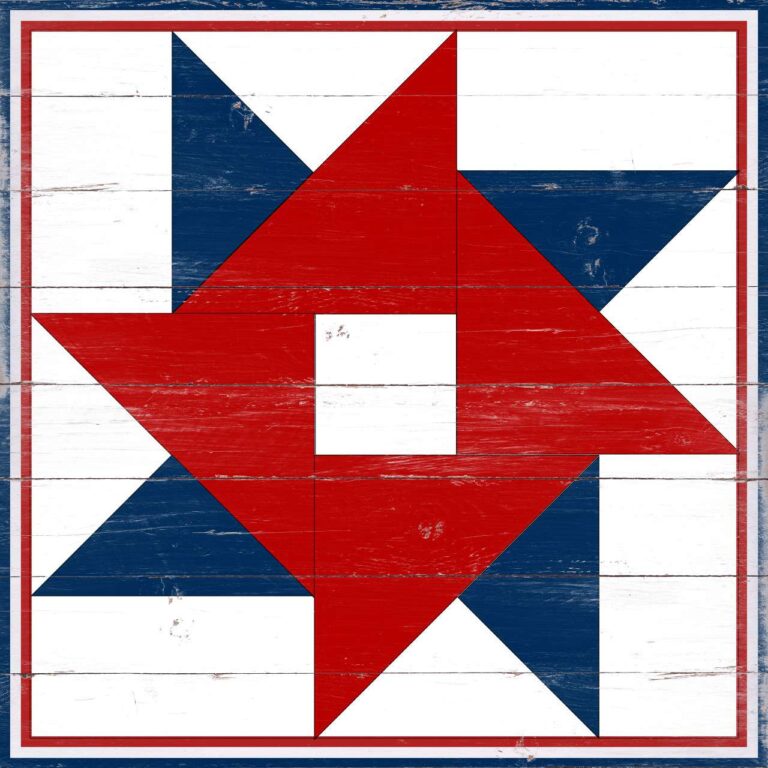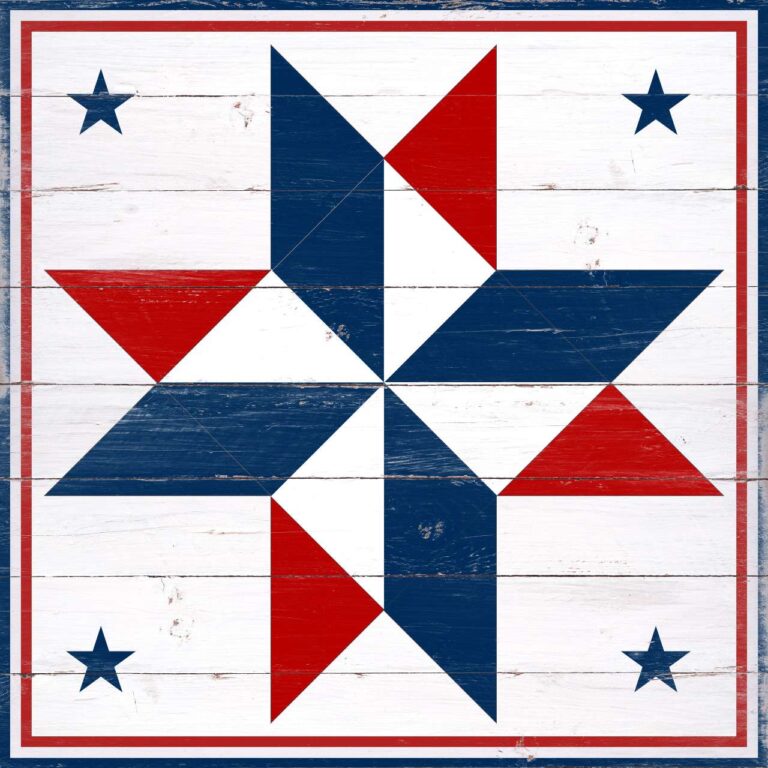The history of barn quilts can be traced back to central Europe nearly 300 years ago. Immigrants brought this art form when they settled in Pennsylvania, which soon spread throughout New England and Midwestern states.
In the early days, barn quilts were a way to decorate barns and other farm buildings with paint. They were also used to identify different families or homesteads and provide travelers with directions.
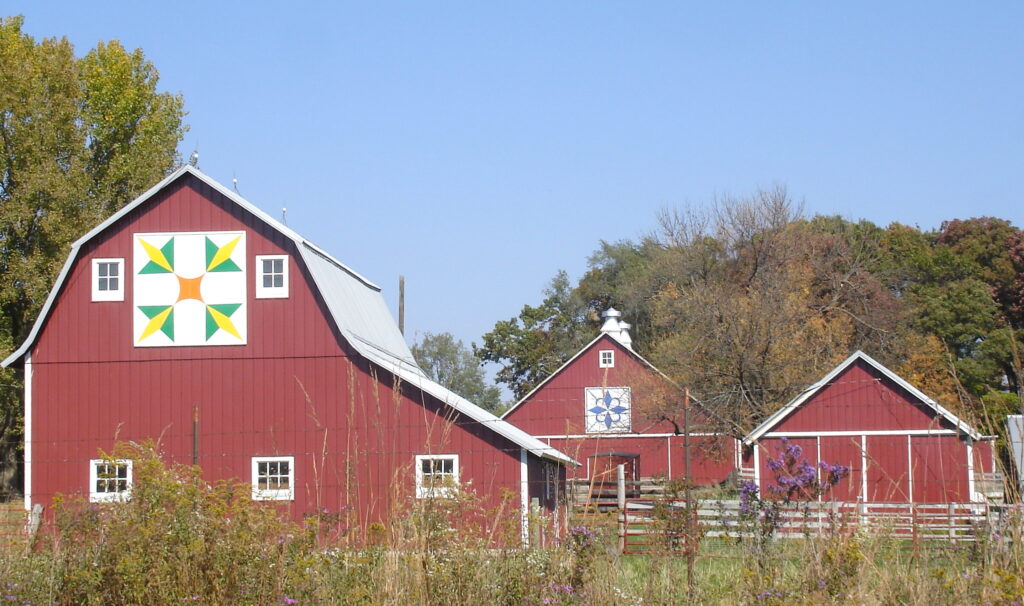
Barn quilts were also used to communicate messages to the community. For example, a barn quilt with a star pattern might indicate that the family supported the American Revolution. A barn quilt with a heart pattern might indicate that the family welcomed visitors.
Over time, the tradition of barn quilts declined. However, in the early 2000s, interest in barn quilts was revived. This was partly sparked by Donna Sue Groves, a woman from Adams County, Ohio, who painted a quilt square on her family’s barn in 2001.

Groves’ barn quilt inspired other community members to paint their barn quilts. Soon, there were barn quilts all over Adams County. In 2004, the first barn quilt trail was established in Adams County.
Barn quilt trails are self-guided tours of barn quilts in a particular area. They are a popular tourist attraction and have helped revitalize many rural communities.
Today, there are barn quilt trails throughout the United States and Canada. There are also barn quilt trails in other parts of the world, such as Australia and Europe.
Barn quilts are a beautiful and unique way to celebrate the art of quilting and the heritage of rural America. They are also a reminder of the strong communities in rural areas for centuries.

